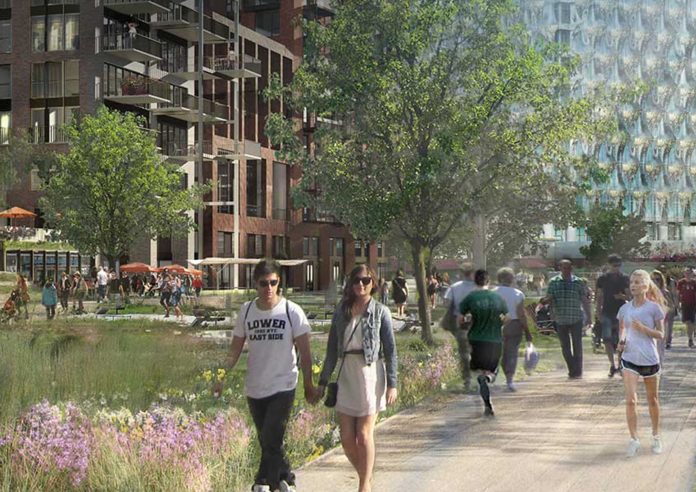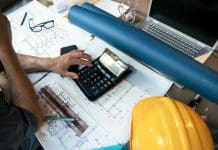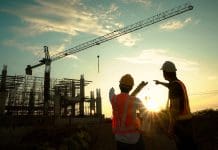Bob Blackman MP, chairman of the All-Party Parliamentary Group on Building Communities, discusses its latest report, Productive Placemaking
My personal interest in this topic came out of a frustration with a mixed-use development local to me. Poorly integrated into the existing community, dreadfully designed housing units, little in the way of community facilities and, outside of a few shops, a real lack of life. Discussing with political colleagues, I realised that many had similar poorly planned developments on their own doorsteps.
My own research led me to believe that a better way was possible and that through demonstrating a link between placemaking, planning and productivity, we could challenge conventional thinking around redevelopment and regeneration. Indeed, this is what led me to convene the APPG on Building Communities with like-minded politicians from both Houses, as well as with experts from the world of design, housing and infrastructure.
Within the UK, there is a 44% difference between the most and least productive cities, with poorly planned and designed urban areas leading to congestion, pollution, health impacts and a myriad of other issues.
The report, Productive Placemaking, produced during the midst of the worldwide Covid-19 pandemic, is based on the evidence received after our public consultation. It shows that this lack of productivity in many areas in the UK is directly related to the indifference with which residential areas are often constructed.
It highlights Stratford, Croydon and Greenwich as great examples where placemaking has led to more productive communities, but offers a number of smaller, individual developments which could be used as blueprints elsewhere.
The “new normal”
Of course, we are living through a housing crisis and we welcome the construction of new homes, we fear that still too many are being built with little thought for how occupants will engage with each other and nearby public spaces.
Coming out of lockdown into a “new normal” will test community and residential facilities and relations. If care is not taken to incorporate the residency into its surrounding area and to encourage a community to grow, many otherwise avoidable problems will spring up. Poor transport links or insufficient green space can have knock-on effects for mental health, opportunity and prosperity.
Moreover, spending more time rooted in one place is likely to have increased overall levels of depression, anxiety and stress, with those in the poorest living conditions – cramped or overcrowded homes, poor natural light, lack of access to an outside space – among the most negatively affected. Indeed, research at the height of lockdown in April 2020 by the Mental Health Foundation revealed that nearly one in four (24%) had feelings of loneliness compared to just one in 10 before lockdown (10%).
To combat these feelings of loneliness and isolation, we will need to work harder to make normal activities pleasurable, safe and healthy and, where possible, rethink our development models to ensure that people are able to go shopping, spend time in nature or to see a doctor within a 10-15 minute walk from home.
We will need see developers and planners push for a better use for space – we need bike racks, children’s playgrounds, nature trails, outdoor gyms, community allotments and more. When infrastructure and public spaces are designed with the community firmly in mind, we all benefit, not just those living in the area. Residents are happier and more productive at work, which strengthens the economy; healthier, which helps our NHS; and more engaged in their communities, resulting in everything from a drop in crime to decreasing loneliness.
This isn’t difficult to bring about but it requires a new way of thinking about development which goes beyond a financial return. Indeed, this is clearly reflected in our report’s recommendations, which highlight some tangible steps that will help us to reframe the debate.
For example, ensuring placemaking is a core consideration and integrated into the National Planning Policy Framework (NPPF) is a simple step that will facilitate a switch in mindsets, while our proposal that the ONS develops the metrics to better measure placemaking’s performance and economic contribution will allow for truly informed decision making.
More than this, though, with the government’s focus now firmly on “building back better”, there is an opportunity in embedding this change in approach as we discuss what a post-Covid community should look like.
It is clear that local authorities, LEPs and metro mayors will all have a huge role in this debate, which is why the APPG looks forward to welcoming them over the coming months as we explore the topic further. We will also need to continue to engage the world of infrastructure, housebuilders, planners and others, as we seek to embed these principles and ensure the communities of tomorrow are happy, healthy and ultimately productive.
Bob Blackman MP is chair of the All-Party Parliamentary Group on Building Communities. The Association for Consultancy & Engineering (ACE) provides the secretariat to the group.
Download the report from the ACE website.

Bob Blackman MP
Chairman
All-Party Parliamentary Group on Building Communities
Twitter: @ACE_Updates
LinkedIn: Association for Consultancy and Engineering ACE














